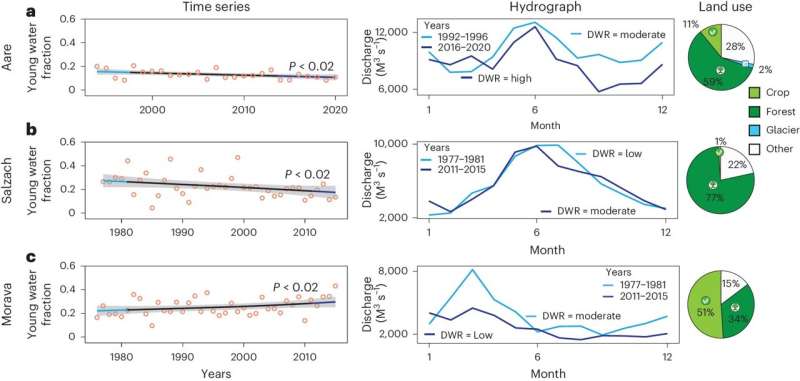An international science team has made significant strides in understanding river flow dynamics. The findings leverage isotope hydrology techniques such as measuring stable isotopes in water molecules to elucidate the contributions of various water sources to river flow, offering critical insights for ecosystem management and hydrological risk assessment. This latest research is published in Nature Water and is a collaboration of scientists from the German Leibniz Institute for Zoo and Wildlife Research (Leibniz-IZW) with the International Atomic Energy Agency (IAEA), the Federal Institute of Hydrology, Germany, and Stellenbosch University in South Africa. Isotope hydrology is proving to be a game-changer in understanding river ecosystems.

Examining the Dynamics of River Flow
An international science team studied the stable isotope composition of oxygen and hydrogen in water molecules from 136 perennial rivers at 45 large catchments around the world. Dr. David Soto, scientist and isotope specialist at the Leibniz-IZW, helped with precipitation isotope modeling and its validation in order to estimate the dynamic water retention indicator. Water conservation: the deposition, retention and dispersion of precipitation. Slower water movement through the catchments means response of catchments to hydroclimate events is laggard indicated by high dynamic water retention. Conversely, low dynamic water retention represents a high speed for water movement and a fast reaction to such events. They looked at the critical drivers of dynamic water retention from land-use and climate changes.
Impact on Ecosystem Health
Rivers are fundamental for providing many different ecosystem services. They sustain riverine animal and plant communities.; they are major transportation arteries, moving commerce;they furnish vital nutrients to the marine environment below them and provide some of the best locations for hydroelectric power production and for recreational opportunities. Climate change and land-use changes are dramatically altering water movement through river catchments, leading to big shifts in how ‘old’ different water storages —such as soil moisture or groundwater —contribute to stream flow at the outlet of large catchments, say researchers. This process, analogous to the aging of rivers, has important consequences for river services. Catchments with lower dynamic water storage generally have a higher vulnerability to hydrological extremes such as droughts and floods.
Mitigating Hydrological Risks
Dynamic water retention has emerged as a key indicator for hydrological risk assessment, and provides important information for the predictability of the effects of climate and land-use changes on river systems. It is critically important to preserve these services even while using rivers as sources of water and power. With an understanding and maps of both dynamics contributing water retention and the flow, we will be able to adapt quickly at a time when our climate is changing and land use is constantly evolving. Stable isotopes of water store information on streamflow dynamics, enabling us to predict it and thereby improve the health of our ecosystems and sustainability.
